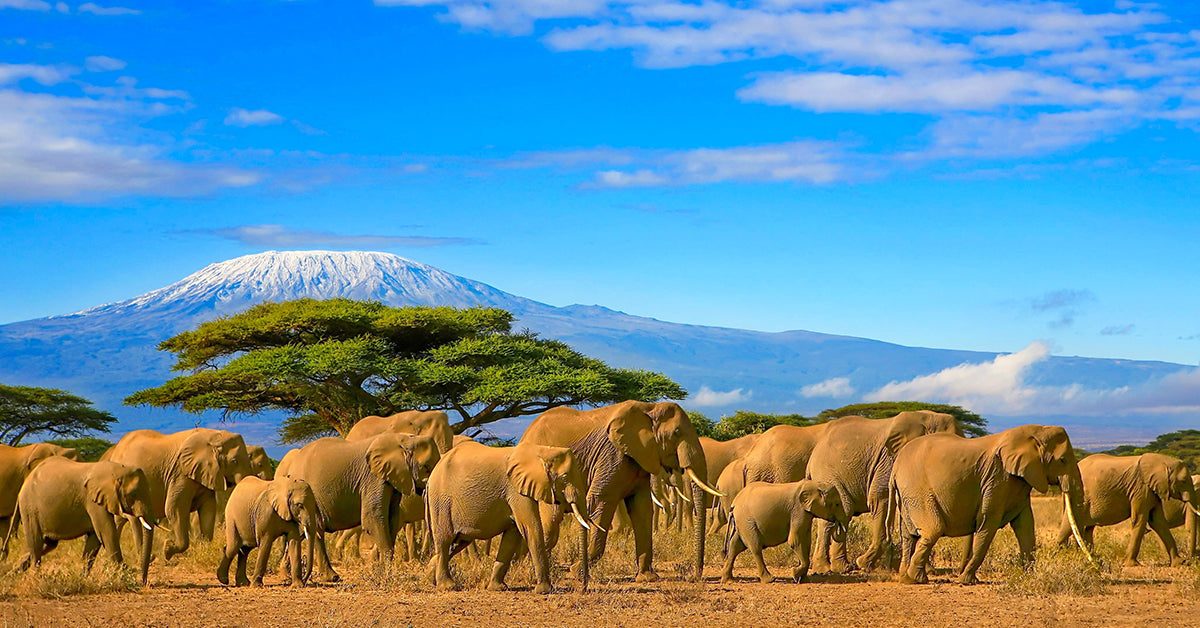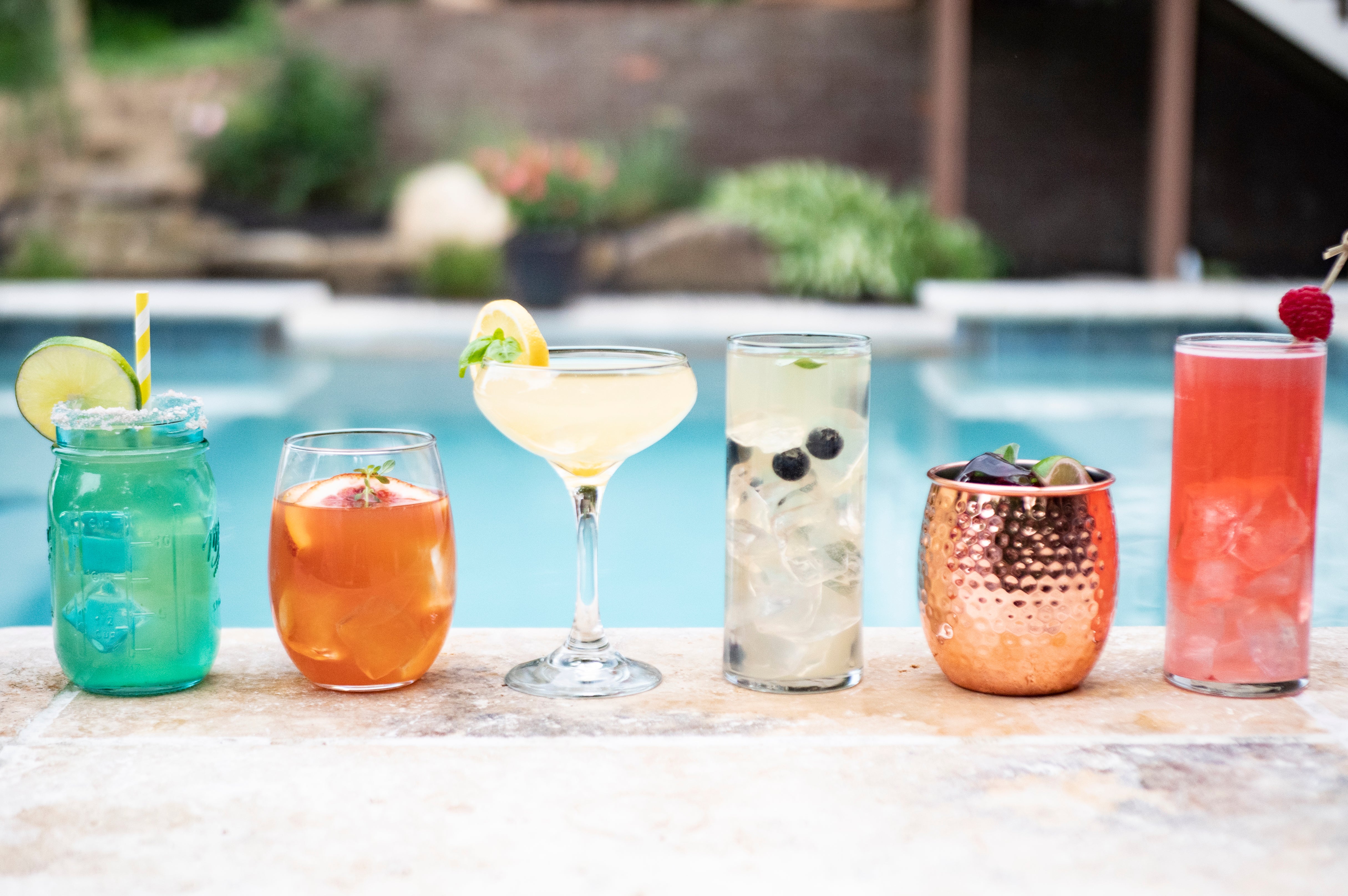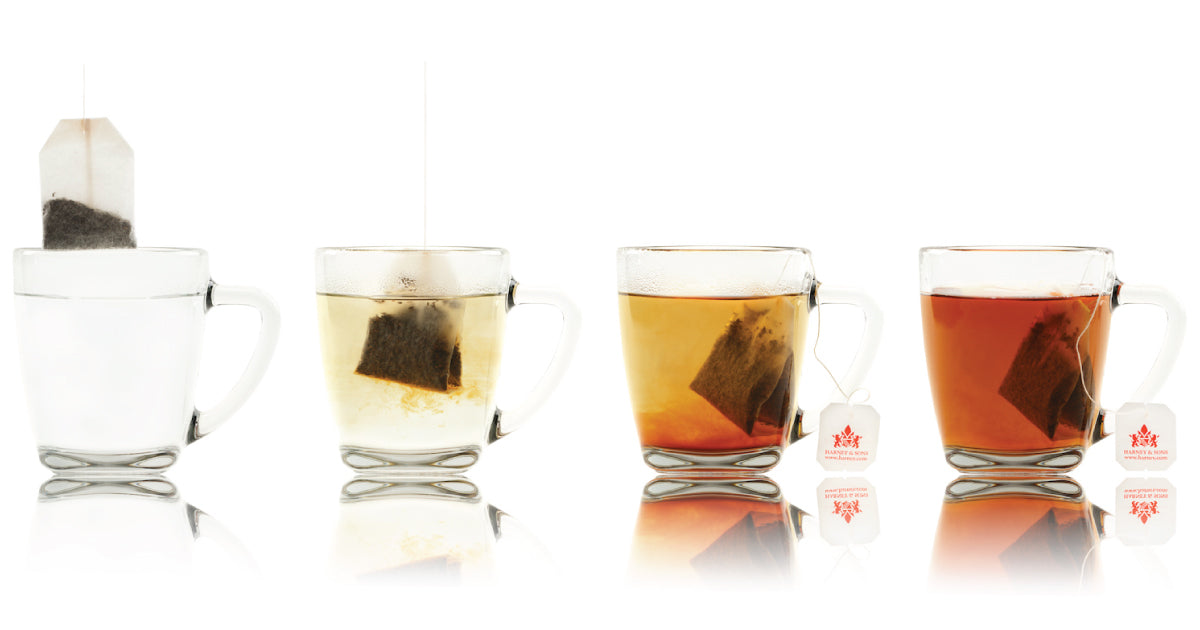To the south of Kenya in east Africa, Tanzania and Rwanda are two African countries also known for their tea. They share a border and climates that make them well-suited to world-class teas, as well as spectacular scenery.

Tanzania
With a hot and humid eastern shore bordering the Indian Ocean, and a mountainous, densely forested area in the northeast, Tanzania is one of the most important tea-producing countries in Africa. It has a warm, tropical climate with seasonal patterns of precipitation, a perfect recipe for growing tea.
In addition to being home to Mount Kilimanjaro, Africa’s highest mountain, and Lake Victoria, Africa’s largest lake, Tanzania has about 23,000 acres of tea, with smallholder farms and privately owned tea estates producing this important export. It contributes approximately 1% of the total tea production worldwide.

Like Kenya, most Tanzanian tea is CTC used in tea bags and blends. It has a strong, robust, fruity flavor. The success of the tea industry to Tanzania is crucial, which is why the Tea Board of Tanzania has created a Ten Year National Tea Program to further promote tea production, processing and marketing.
As Africa continues to produce consistently better teas, we have begun sourcing greater quantities. Livingstonia GFOP is a full-leaf tea from Tanzania that reminds us of a high-grown Ceylon. We look forward to seeing what the future holds for Tanzanian teas.
Rwanda
One of the smallest countries on the African mainland, Rwanda is nevertheless a major player in the global tea business. Eleven of the country’s 30 districts are active tea-producing regions with over 30,000 smallholdings and 60,000 households making a living out of tea farming. It’s an impressive feat for a country that has only been producing tea since 1952, which makes it one of the youngest tea-producing nations.
Located in the African Great Lakes region, the country is highly elevated with mountains in the west and savannah to the east, along with numerous lakes throughout. Following the Rwandan Genocide, deforestation became a major problem as refugees fled to the Gishwati Forest and began clearing it for subsistence farming. Much of what was formerly protected forest has been turned into tea estates.

Like its sister African countries, most tea from Rwanda is used in blending, and production is also on the rise. The volcanic soil conditions found in the mountainous regions and its subtropical climate featuring two rainy and two dry seasons make it ideal for growing and exporting this important cash crop.
We’re proud to carry Rwandan Rukeri made from tea grown by our friends on the Rukeri estate near Lake Kivu, one of the African Great Lakes and Rwanda’s largest. Every time we drink it, it takes us back to Rwanda’s lush, rolling hills and breathtaking environs.
Explore the world of tea in some of our other posts:




